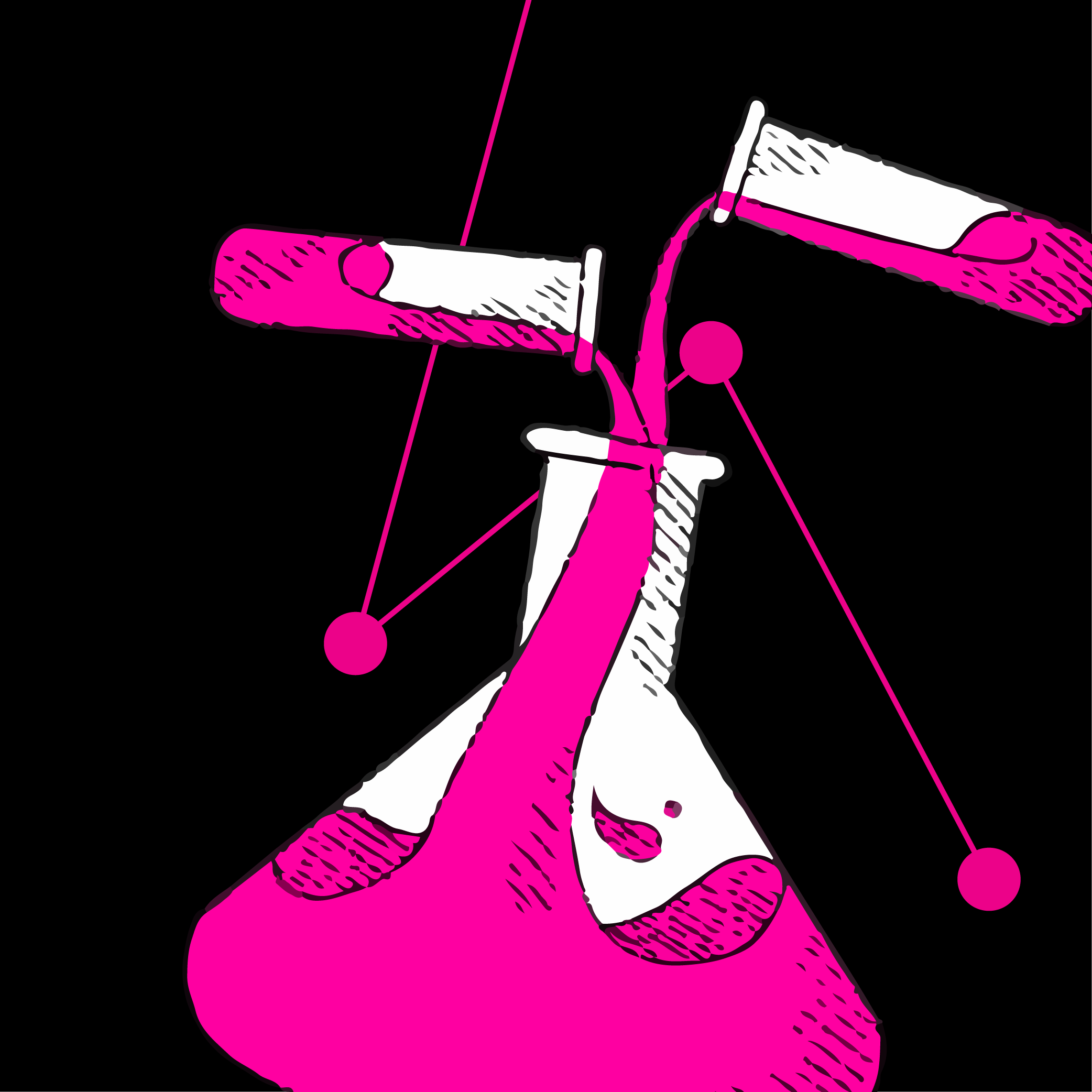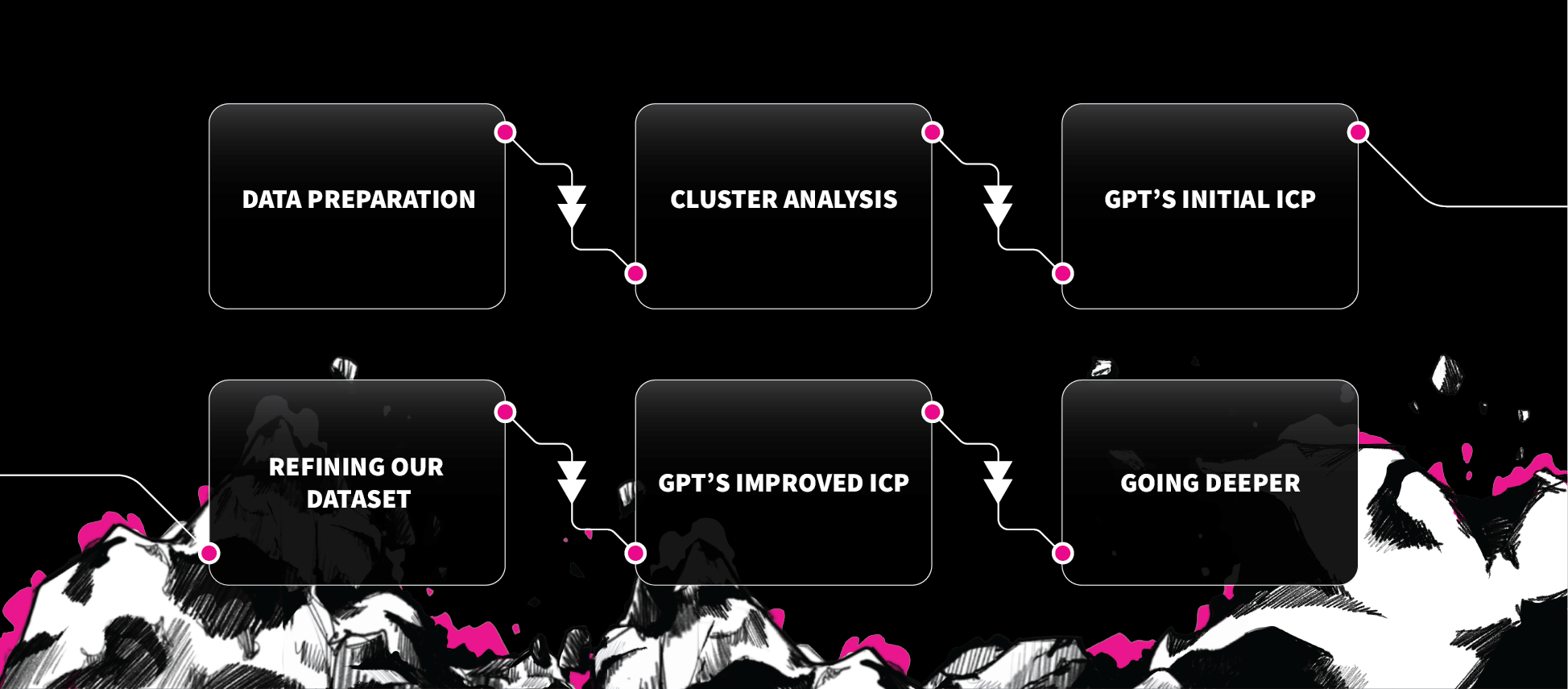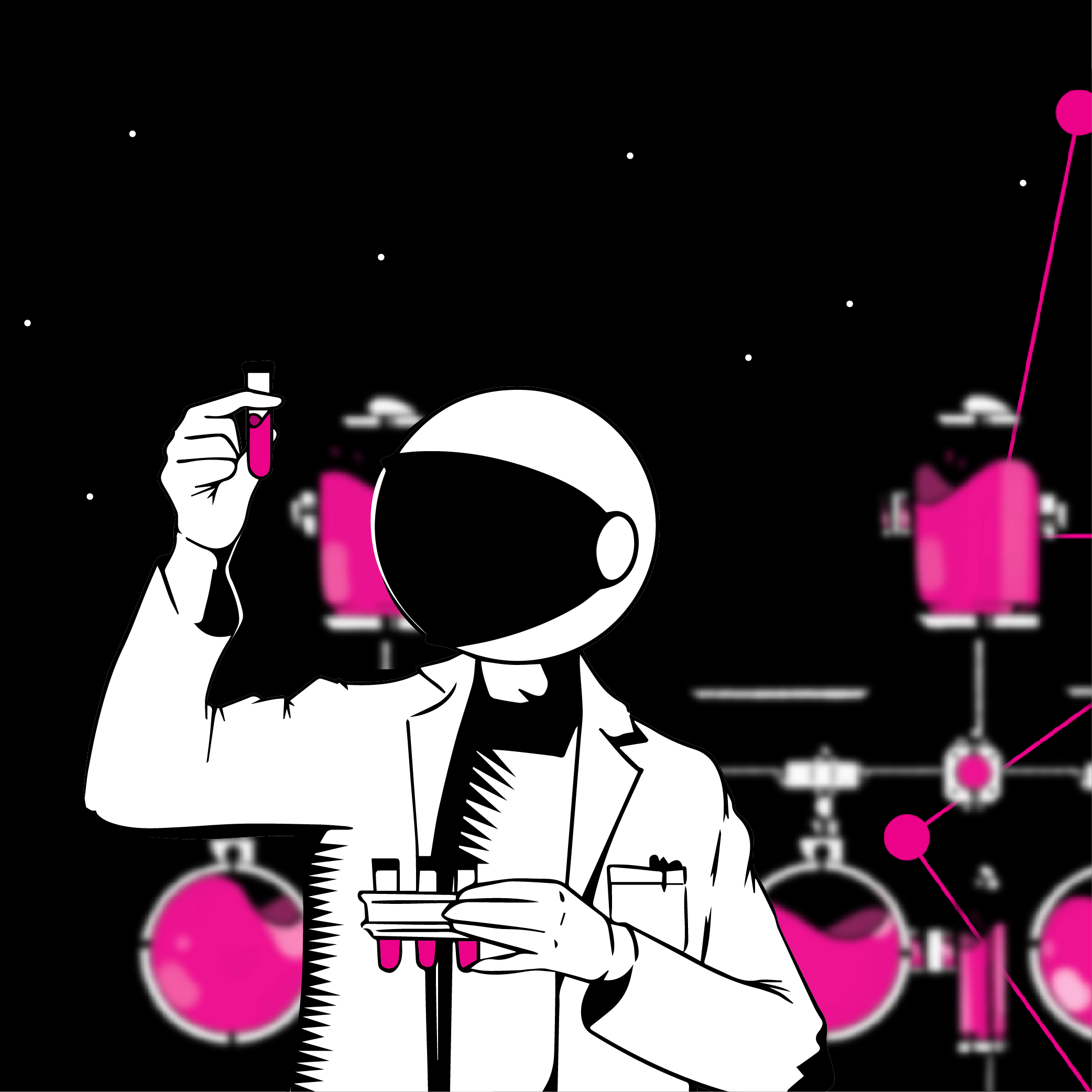TLDR: Is your Sales Ops team feeling the strain of manual processes? Learn to discuss with leadership what you should automate, why, and how to prepare for automation.
Why organizations don’t automate: Sales ops teams rely on manual processes for various reasons. Automation might not be a priority in small or scaling businesses where teams are still developing their tech stacks and systems. Teams in larger organizations might use legacy systems customized to the business’s specific needs and aren’t designed to scale. In either case, there tends to be a shortage of people who understand the tools and mechanisms to accelerate work.
The problem with manual processes: Business that don’t prioritize automation can suffer issues from manual processes that compromise revenue, including:
❌ Inaccuracies
❌ Inefficiencies
❌ Limited forecast and analytical potential
And while companies might be mature in their commercial offerings and field of expertise, a lack of alignment prevents teams around the business (e.g. Sales and Technology, Sales and Operations, Sales Ops and Marketing Ops) from coming together to discuss and address these issues.
What’s in this article for you? If your business is feeling the strain of manual processes — and your teams aren’t talking about it — this Tough Talks Made Easy is for you. We’ll help you have a strategic discussion about automation with your CRO and COO, covering what to automate in Sales Ops and why, and how to examine your processes and communication channels so your business can reap the benefits.
Benefits of automation
Your CRO and COO want to understand how automation can translate into increased revenue. To that end, there are a few important benefits that automating your lead and opportunity management can create:
✅ Efficiency: Automating the likes of lead capture and routing will simplify and reduce the overhead of your operations, freeing up your sales and sales ops teams to focus on higher-impact initiatives.
✅ Accuracy: Automation reduces the risk of costly errors that can occur. For example, manually creating contracts and quotes or entering data into your CRM.
✅ Data enrichment: Automation tools can enrich your lead data with publicly available information and activity metrics, helping Sales to better segment leads and prioritize the best matches to the business.
✅ Forecasting: Tools with forecasting capabilities can also lead to more accurate predictions (e.g. how Sales is performing vs. quotas) and more comprehensive analyses of various metrics. For instance, understanding how Sales is set to perform against quotas, how seasonality impacts lead behavior, or which channels to optimize your spending on, will fuel greater strategic decision-making that makes it easier to captivate leads and win business.
“Become more productive, predictive and responsive
to customer needs.”
Automation can help your Sales Ops function become more productive, predictive, and responsive to customer needs and preferences. In theory, these improvements should translate into growth, but there are several logistical and financial complexities with implementing automation.
Prepare to discuss the following points with leadership to show you’ve thought through what it takes to make automation successful:
👉 Recruitment and training: Implementing any technology entails having the knowledge and skills to use it. You’ll want at least one dedicated person or team to manage your workflows, with the know-how to maintain processes in good order and fix things. This might require a headcount budget, agency support, or upskilling people in your business who can progress into this role.
👉 Change management: What existing tools and integrations could be impacted by our implementation of automation? Given the available time that our team members have, what other projects and initiatives are we willing to put on hold in order to prioritize this?
👉 Data quality: Between tools, you might have disparate methods of categorizing the same data points. To make integrations between tools work correctly, and for your reporting to be accurate, you’ll need IT to help with data normalization as you implement and connect tools.
👉 Awareness: How will leadership educate people on the benefits and risks of automation? If Sales isn’t aware of how new processes and tools can improve their workflow, or if people aren’t encouraged to embrace the changes in how you do things, you risk wasting the investment of time and money.
Implementing automation
To address these challenges, your CRO and COO play important roles in the process of implementing automation:
🎯 Direction: Your CRO and COO can position themselves as sources of guidance and authority on data initiatives, offering mentorship and incentives to encourage a greater understanding and adoption of new processes and tools. Being able to answer questions and assure people of the logic behind what they’re doing will be crucial to the ongoing success of automation.
🎯 Communication: Your leaders should encourage communication between Sales, Marketing, Operations, and IT to encourage collaboration and alignment as automation impacts the business. This will be crucial to ensure that your uptake of automation in Sales Ops compliments the tools, processes, and workflows in other departments.
🎯 Resources and development: Leadership can allocate the budget for software purchases, training, hiring, and agency support towards the initiative. This can involve working with Sales Enablement to come up with a training plan, and devising a plan for hiring and skill development to ensure that automated processes are well understood and integrated into the team.
🎯 Measurement: Based on what your CRO and COO want to achieve with automation, they can establish success metrics for the initiative—KPIs and other points of reporting for Sales Ops to track in order to gauge the success of automation. Monthly or quarterly meetings between Sales Ops and leadership, discussing these data points and talking about how to further optimize things, can aid the ongoing success of the project.
“Automation is equally about
making changes to your communication structure.”
Implementing automation is equally about making changes to your communication structure as it is about adopting new tools and processes.
If you can explain clearly to your CRO and COO the kinds of preparation that are required to realize the benefits of automation, your leaders can use their time to guide and align stakeholders around the business and incentivize people to adopt new ways of doing business to achieve a strategic vision.
Treating the interpersonal elements of change management with care puts you in a good place to enjoy the strengthened efficiency, accuracy, forecasting potential, and growth that automation offers.
Get in touch for more guidance on change management and automation in Sales Ops.











